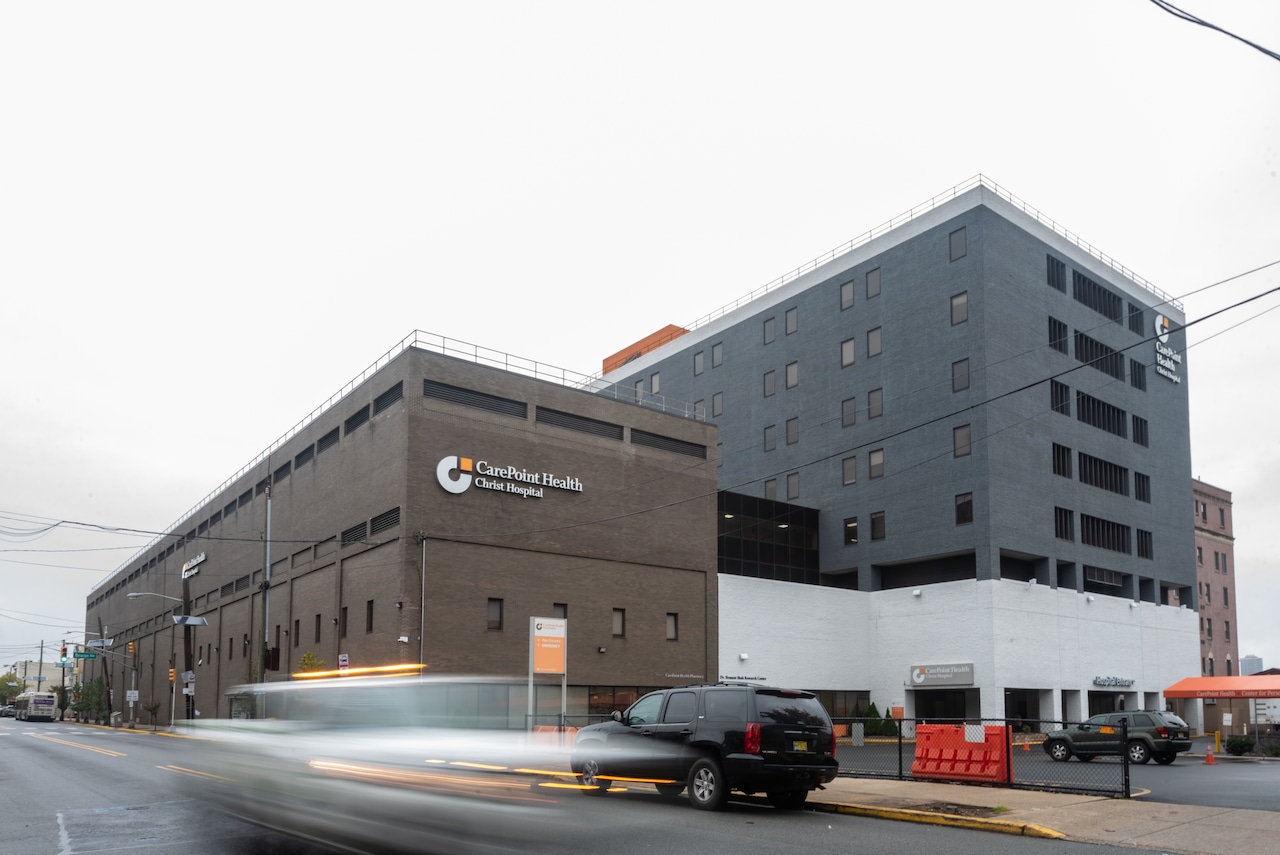Breathe Easier: How Traffic Tolls Could Save City Lungs

Navigating the Crossroads: New York City's Congestion Pricing Dilemma
As New York City stands on the precipice of implementing a groundbreaking congestion pricing plan, the city holds its breath. The innovative traffic management strategy could dramatically reshape urban transportation, but its success is far from guaranteed. By examining similar initiatives around the world, we can gain crucial insights into the potential impacts and challenges that lie ahead.
From London to Stockholm, cities that have pioneered congestion pricing have experienced transformative results. These urban experiments have not just been about reducing traffic, but about reimagining how people move through complex metropolitan landscapes. Reduced vehicle volumes, improved air quality, and enhanced public transit usage have emerged as common threads in these global case studies.
The stakes for New York are high. Will this bold approach alleviate chronic gridlock, or will it face unexpected resistance? As policymakers and citizens debate the merits of the plan, the city stands at a critical juncture, poised to potentially revolutionize urban mobility and environmental sustainability.
The coming months will be pivotal in determining whether New York's congestion pricing scheme becomes a model for cities worldwide or a cautionary tale of ambitious urban planning.








